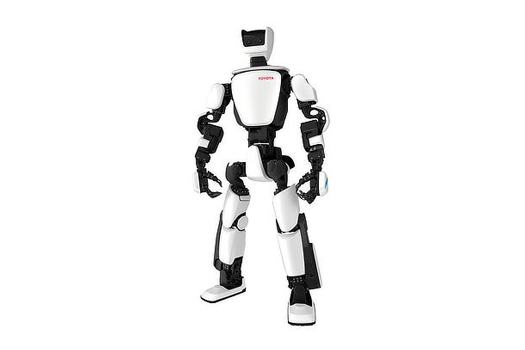What Is a High Yield ETF?
A Performance-Based Look at MSTY vs. MSTR Over the Past Year
As income-focused investors look for ways to generate higher returns in a volatile market, the question often arises: What is a high yield ETF, and how does it compare to owning individual stocks? One category gaining attention is option income ETFs — particularly the YieldMax suite, which includes ETFs like MSTY, based on MicroStrategy (MSTR).
In this article, we’ll examine what high yield ETFs are, how the YieldMax strategy works, and how MSTY has performed over the last year compared to directly holding MSTR stock. The goal is to understand the trade-offs between high monthly income and total return, especially in a year marked by market volatility.
Understanding High Yield ETFs
A high yield ETF is an exchange-traded fund that prioritizes income generation, typically offering annualized yields that far exceed those of traditional dividend-paying funds. These ETFs may invest in high-yield corporate bonds, preferred stocks, or, in the case of YieldMax ETFs, use options-based strategies to enhance income.
YieldMax ETFs do not own the underlying stocks directly. Instead, they use derivatives to simulate long exposure to a stock and then generate income by systematically selling call options. This strategy produces steady monthly cash flow but limits upside participation if the stock rises sharply.
The Strategy Behind MSTY
MSTY, the YieldMax MSTR Option Income Strategy ETF, is designed to deliver income by writing call options on a synthetic long position in MicroStrategy (MSTR). This approach enables the fund to:
Generate monthly option premium income
Distribute that income to shareholders as high-yield monthly dividends
Mitigate capital requirements by not holding the underlying stock
This is an appealing strategy for income-focused investors, especially when the underlying stock is volatile — which MicroStrategy is, due to its significant Bitcoin exposure.
Performance Comparison: MSTY vs. MSTR (April 2024 – April 2025)
Over the past 12 months, both MSTY and MSTR delivered strong returns, but for different reasons. Here’s a breakdown of their performance:
| Metric | MSTY (YieldMax ETF) | MSTR (Stock) |
|---|---|---|
| Total Return (1 Year)* | ~46.9% | ~73.9% |
| Strategy | Synthetic covered call | Direct equity ownership |
| Yield (Annualized)** | ~181.7% | 0% (no dividend) |
| Volatility | Moderate | High |
| Upside Capture | Capped | Full exposure |
While MSTY provided significant income that helped smooth out volatility, its capped upside resulted in lower total return than owning MSTR outright. Investors who held MSTR captured more of the stock’s sharp rise, especially during Bitcoin rallies.
Key Trade-Offs: Income vs. Growth
The primary difference between MSTY and MSTR lies in income generation versus growth potential. MSTY is built for consistent yield through options premiums, while MSTR is a volatile asset with high potential upside — and high downside risk. Importantly, MSTY’s performance will lag significantly if the underlying stock makes a sustained breakout due to the call option caps.
For instance, when MicroStrategy surged over 70% during Bitcoin’s rise from late 2023 into early 2024, MSTY captured only a portion of that rally due to the option overlay. However, in periods of flat or declining markets, MSTY’s income-generating strategy may outperform pure equity exposure on a risk-adjusted basis.
Tax Considerations and Risks
Investors should be aware that high yield ETFs using options may introduce complex tax implications. Distributions may not qualify as qualified dividends and could include return of capital or short-term capital gains.
Additionally, the risk of capital loss remains. If the underlying stock declines significantly, the income from selling options may not be enough to offset portfolio losses. This makes risk management and proper position sizing crucial when investing in ETFs like MSTY.
Conclusion: Is MSTY a High Yield ETF Worth Considering?
To answer the question, “What is a High Yield ETF?” — MSTY represents a modern, options-based answer. It fits within a growing category of derivative-enhanced income ETFs that aim to provide high monthly payouts in exchange for limited price appreciation.
In the past year, MSTY performed admirably, delivering over 45% total return, even amid market fluctuations. However, it underperformed the underlying stock, MSTR, which gained nearly 74% due to the full benefit of rising Bitcoin prices and investor sentiment.
For income-focused investors who prefer a rules-based, option-selling approach with limited upside and enhanced cash flow, MSTY can be a useful tool. For those seeking full exposure to high-growth, high-volatility assets like MicroStrategy — and who are willing to accept the risks — direct stock ownership remains the better path.
The post What Is a High Yield ETF? appeared first on Investment U.










